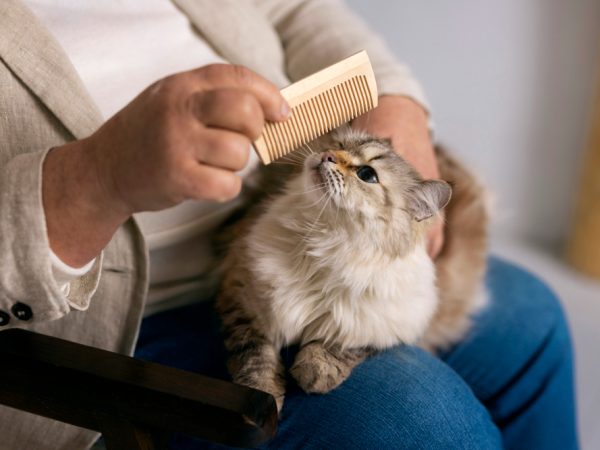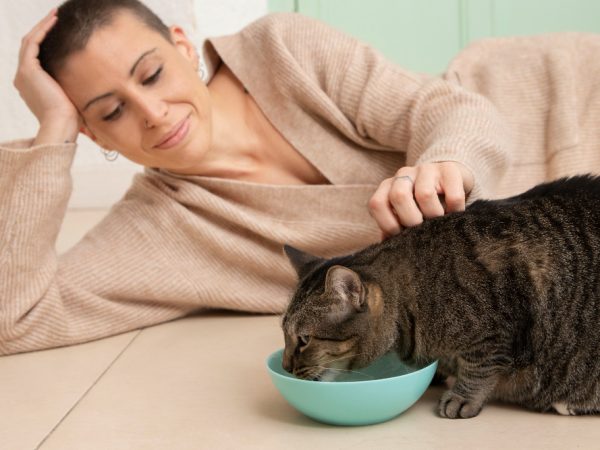As a cat owner, you may have noticed tufts of fur littering your floors, clothing, and furniture. While shedding is a natural and common occurrence in cats, excessive shedding can be a cause for concern. In this article, we’ll unravel the mystery behind why your cat may be shedding so much and explore strategies for managing and reducing shedding to keep your home clean and your cat healthy and comfortable.
The Role of Breed and Coat Type
Cats come in a variety of breeds and coat types, each with its own shedding patterns and characteristics. Some breeds, such as Persians and Maine Coons, are known for their long, thick fur and may shed more profusely than short-haired breeds. Additionally, cats with double coats, such as Siamese and Himalayans, tend to shed more heavily as part of their natural coat maintenance. Understanding your cat’s breed and coat type can help you anticipate and manage shedding more effectively.
Adapting to Environmental Changes
Like many animals, cats undergo seasonal shedding to adapt to changes in environmental conditions. As the seasons change, cats may shed their old fur to make way for a new coat better suited to the prevailing weather. Spring and fall are typically peak shedding seasons for cats, as they transition between their winter and summer coats. While seasonal shedding is a normal and natural process, it can result in a significant increase in fur around your home during these times.
Addressing Underlying Issues
Excessive shedding in cats can sometimes be a sign of underlying health issues or nutritional deficiencies. Poor diet, inadequate grooming, allergies, parasites, hormonal imbalances, and skin conditions can all contribute to abnormal shedding patterns. If your cat’s shedding seems excessive or out of the ordinary, it’s essential to consult with your veterinarian to rule out any potential health concerns. Your vet can perform a thorough examination, run diagnostic tests if necessary, and recommend appropriate treatment options to address the underlying cause of your cat’s shedding.
Emotional Factors in Shedding
Stress and anxiety can also play a role in excessive shedding in cats. Changes in routine, loud noises, household disruptions, or the presence of other animals can all trigger stress and anxiety in cats, leading to increased shedding as a physical manifestation of their emotional distress. Creating a calm and stable environment for your cat, providing plenty of opportunities for mental and physical stimulation, and addressing any sources of anxiety can help reduce stress-related shedding.
Maintaining a Healthy Coat
Regular grooming is essential for managing shedding and keeping your cat’s coat healthy and shiny. Brushing your cat’s fur regularly helps remove loose fur, dirt, and debris, reducing the amount of shedding around your home. The frequency and type of grooming required will vary depending on your cat’s breed, coat type, and shedding patterns. In addition to brushing, regular bathing, nail trimming, and ear cleaning are important aspects of maintaining your cat’s overall grooming and hygiene.
Navigating the World of Cat Shedding
In conclusion, excessive shedding in cats can be influenced by a variety of factors, including breed characteristics, seasonal changes, health and nutrition, stress and anxiety, and grooming habits. While some shedding is normal and unavoidable, excessive shedding may indicate an underlying issue that requires attention. By understanding the reasons behind your cat’s shedding and implementing appropriate management strategies, you can help keep your cat’s coat healthy, minimize shedding, and create a clean and comfortable environment for both you and your feline friend.




